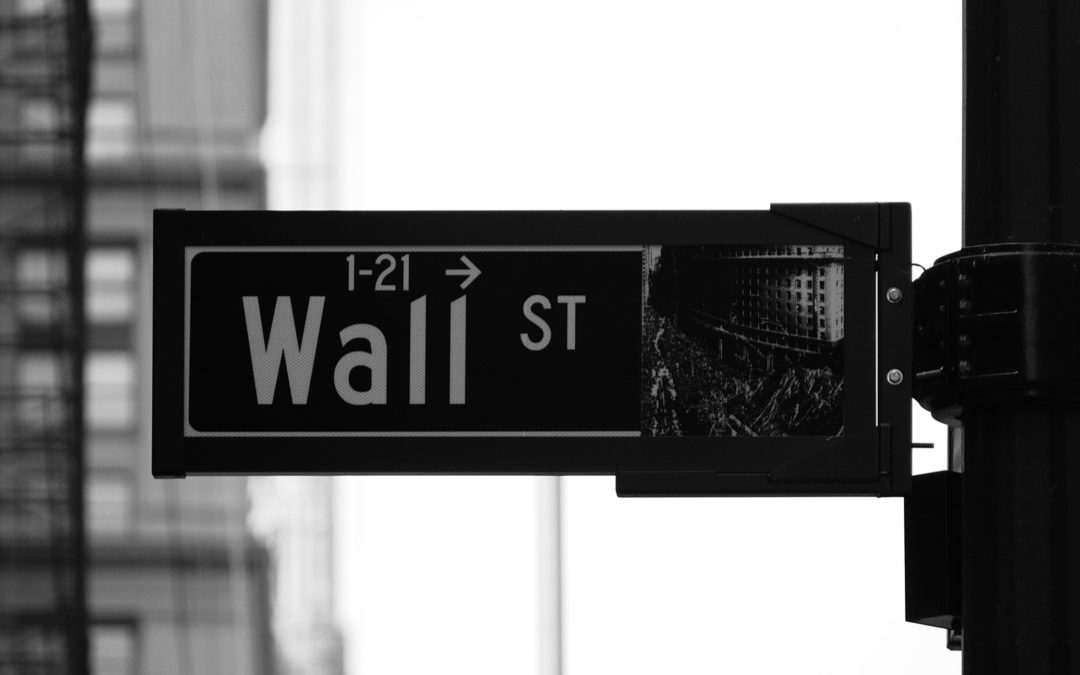
There are some BIG names in bear territory right now.
And the list of bear-market stocks keeps growing every day, as the Dow Jones Industrial DJIA, +0.21% , the S&P 500 SPX, -0.15% and the Nasdaq CompositeCOMP, -0.81% continue to decline sharply this week in the wake of the Federal Reserve’s latest interest-rate hike.

A correction is typically defined as a 10% drop for a stock or an index from a recent peak, while a bear market is a 20%-plus decrease.
On Thursday, all three stock indexes carved out fresh 52-week closing lows. The Nasdaq briefly entered a bear market on an intraday basis, slipping to a low of 6,484.04 from its Aug. 30 intraday high of 8,133.30. Should the Nasdaq close firmly in bear territory, it would unofficially commence the end of the longest equity market bull run, by some measures, in history.
The Dow has been on the verge of joining the S&P 500 in a so-called death cross, where the 50-day moving average — a short-term trend tracker — crosses below the 200-day moving average. Chart watchers believe that such a cross marks the point where a shorter-term decline graduates to a longer-term downtrend. The S&P 500 formed the death-cross pattern earlier in December, and a slew of other highly watched stocks have done the same over the past few months: Facebook FB, +0.49% back in September, Netflix NFLX, +0.60% and AlphabetGOOG, +0.22% GOOGL, +0.55% in November, Amazon AMZN, +1.02% just last week, and Apple AAPL, +3.61% crossed the threshold for the first time in three years on Thursday.
As of the close on Thursday, the FAANG stocks all make the list of biggest bears — among the top 15 S&P 500 companies that are down 20%-plus from their 52-week highs. Some of the other big names rounding out that list: CitigroupC, +0.05% , IBM IBM, -0.25% , Wells Fargo WFC, +0.06% , Bank of AmericaBAC, +0.10% , AT&T T, -0.33% , Exxon XOM, -0.29% and WalmartWMT, -0.17% , while J.P.Morgan JPM, +0.32% and Mastercard MA, +0.18% are hovering on the precipice. And there are plenty of big names beyond that top 15 that have slipped into bear territory since earlier this week: IntelINTC, +0.26% , Boeing BA, +0.41% , Comcast CMCSA, +2.01% and SalesforceCRM, -1.46% to name a few.
Over all companies on the New York Stock Exchange, this is the first time there have been more than 1,000 new 52-week lows since 2016. It’s only the fifth time this has happened since the beginning of 2009, according to the Dow Jones Market Data Group.
Five of the S&P 500 sectors are now in a bear market: industrials, financials, materials, energy and communication services (which previously dipped below 20%, though as of Thursday was only down about 18% from its 52-week high.
Beyond the Nasdaq’s brief intraday bear-market dip, the S&P Small Cap 600SML, +0.00% is still the only broad index officially in bear-market territory — though the S&P 400 Mid Cap Index MID, +0.00% is getting VERY close, at 19.98% down from its 52-week high as of Thursday’s close.
Though the Dow and S&P remain in the correction zone, not bear territory, many of the market watchers, movers and shakers who like to comment on such things are already calling the death of the decade-long bull run, and the onset of a bear market (most recently, bond king Jeff Gundlach).
By JESSICA MARMOR SHAW & TERRENCE HORAN






